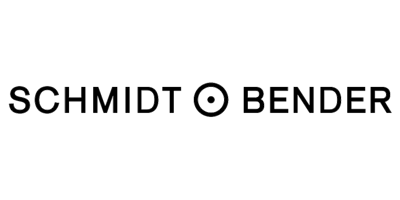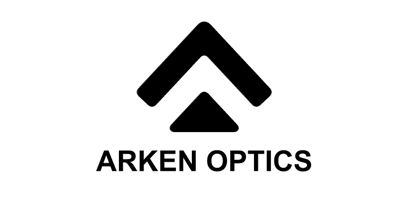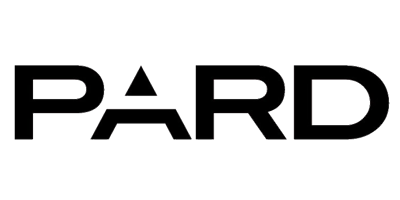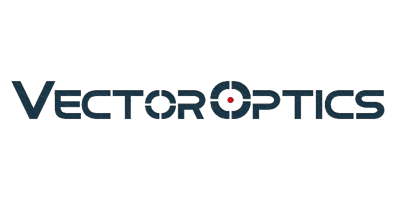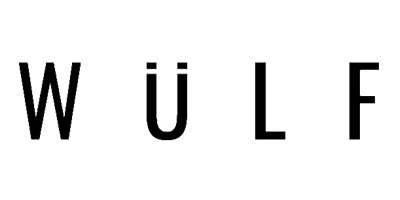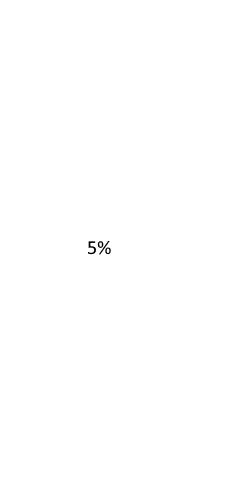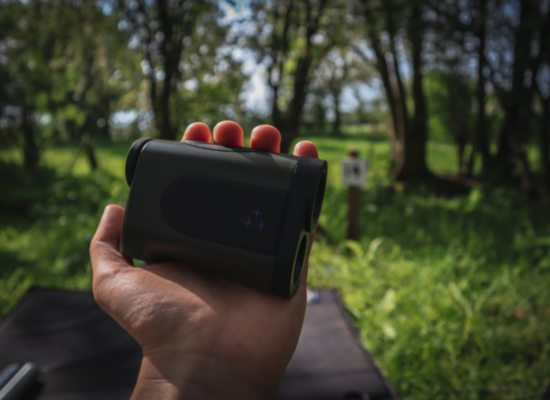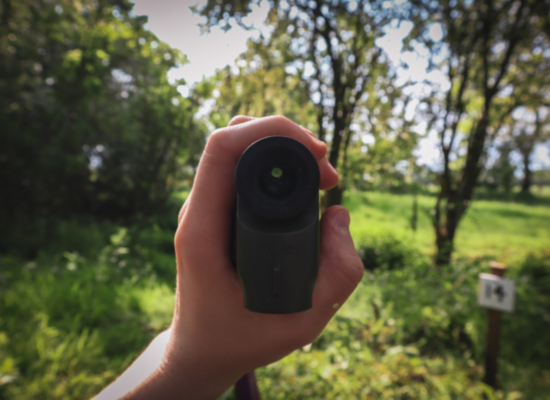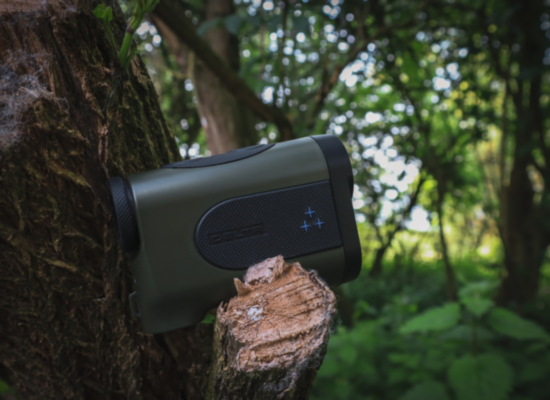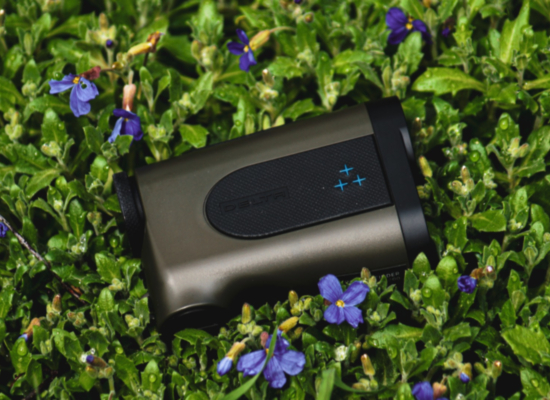The Applications of Laser Rangefinders for “Sub 12” Airgun Shooters
- Tom Bristow (OPW Sales Team Member)
Rangefinders have been used in field sports for years – with Bushnell being the first to release a commercially available LRF unit, dedicated to the shooting fraternity, in the early 90’s.
Since then, the benefits of owning a rangefinder have been exploited by shooters globally. These handheld devices combine advanced optics and laser technology to accurately measure the distance between the unit itself and a chosen target, providing crucial data that can significantly enhance shooting performance. Briefly, here’s how they work:
When a Laser Rangefinder or LRF is used, the device emits a short, intense burst of light on the infrared spectrum. This laser pulse travels from the shooters position, towards the direction of aim at the speed of light - once the light reaches a physical surface, a small proportion is reflected back towards the LRF unit. All rangefinders are equipped with an extremely sensitive photodetector, which captures any reflected light to create a return signal. Since the speed of light is a constant variable, LRF units employ simple mathematics to determine the distance of a specific target - calculating the period it took for the expelled light to reach a target and return to the LRF's receiver.
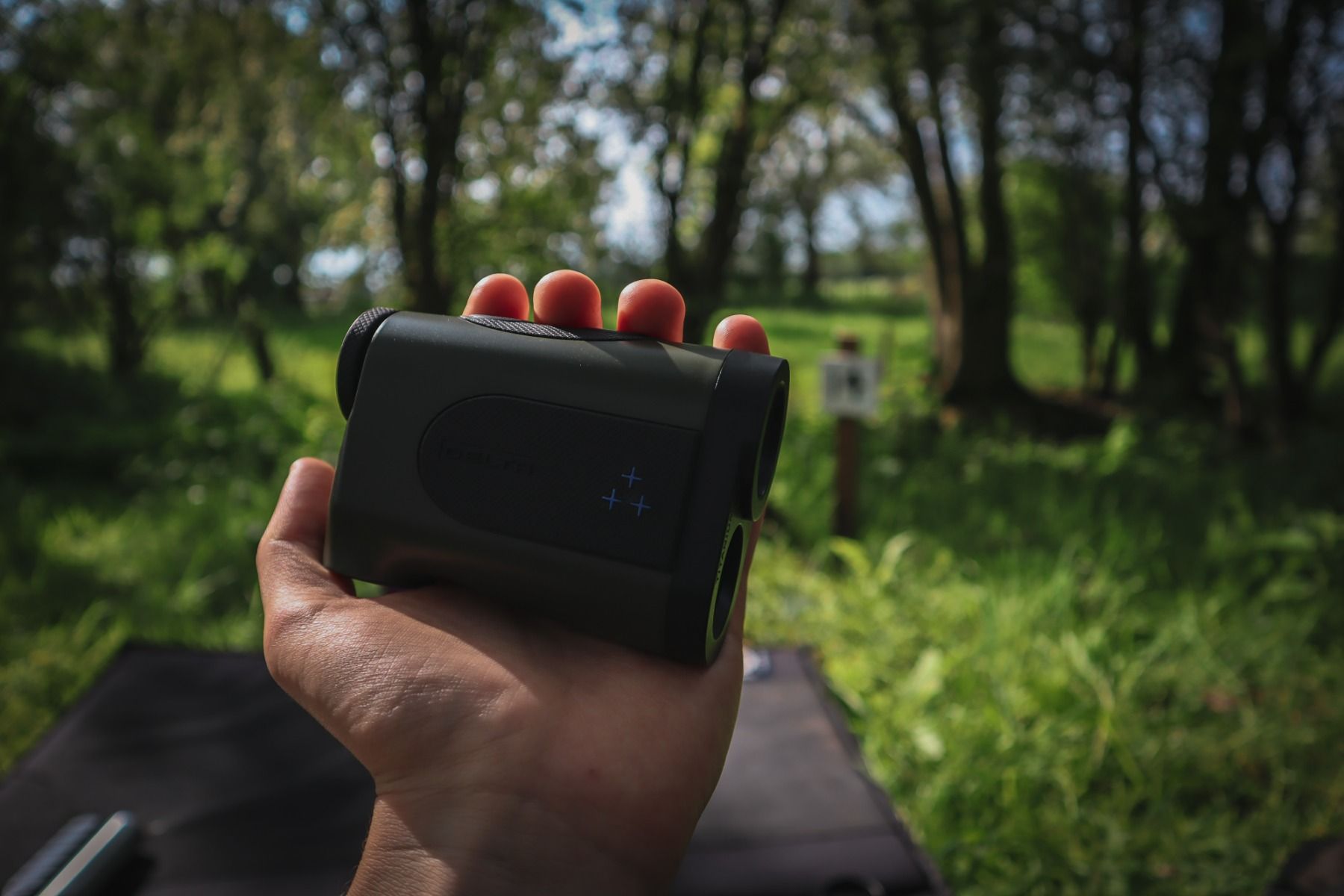
Employed within a variety of industries with clinical accuracy, the technology is proven and well tested - but, it seems they haven't taken off to a comparable degree of popularity amongst airgun shooters as they have with rimfire and centrefire shooters.
So, let's run through their benefits from the perspective of a "sub 12" airgun shooter.
Initially, I didn't recognise the value in spending near hundreds of pounds on a simple measuring device - stupidly convinced that I was fairly good at ranging by eye.
Even after trying a friends LRF unit, I still wasn't convinced. I believed rangefinders were one of those things that were overkill for the distances I shoot at - rarely ever pulling the trigger on a target more than 45 yards away - laughable distances for the guys shooting larger calibers. It was only until recently, I could justify the outlay after needing to gauge distances with speed and accuracy when course setting at the local HFT club.
Anyway, a year down the line, I've well and truly eaten my words. How wrong was I?! If it isn't in my hand it's in my pocket, drag bag, or at least the glove box. I've soon become spoilt by their capabilities and I'm adamant that my shootings progressed as a result.
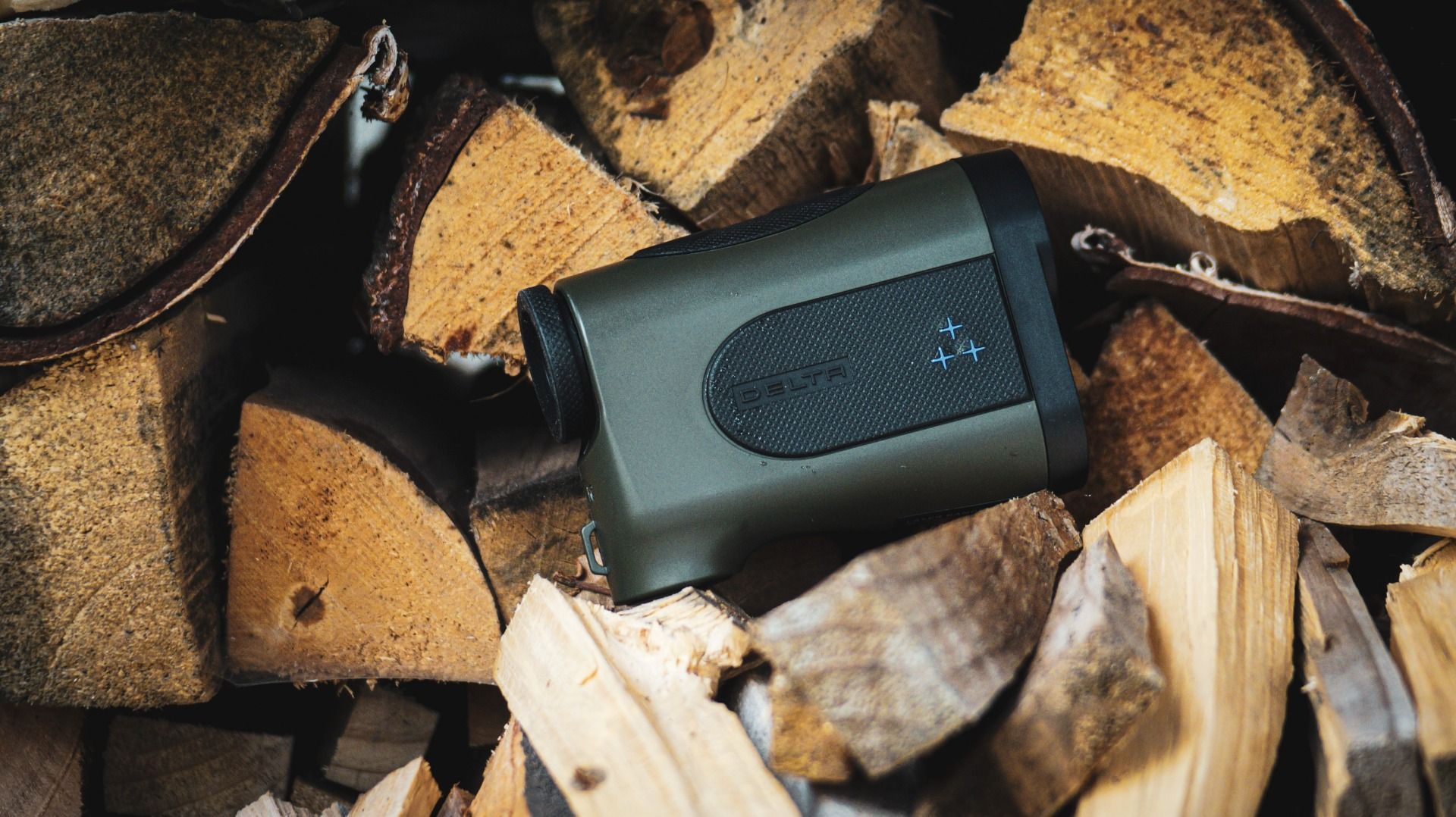
I use the Delta Titanium RF 1200 Monocular - there are plenty units available from other manufacturers, but having used Delta products before, I know they make no compromises when it comes to quality. Since owning the device, I've made it a challenge to estimate the range of a predetermined target and be within a yard or two of actual distance - the usual suspects are trees or hedges when going for walks. Initially, this was a humbling experience to say the least, where in some extreme cases I'd be near 10 yards out! Huge, for a relatively low powered caliber with such a pronounced ballistic trajectory.
Relying on visual estimation to determine a target distance promotes frequent errors and inconsistent shooting. LRF units remove any guesswork or probabilities of inducing human error into your target work, providing precise distance readings reliably. For the modern hunter, this contributes to ethical hunting practices, allowing shooters to accurately assess whether a shot is within their effective and humane shooting range. Through ranging landmarks or potential hunting spots where you’ve noticed an increase in activity, being confident in knowing your distances allows for faster target acquisition and engagement. Additionally, using the device itself as a monocular makes for a time effective solution in determining suitable shooting positions
If the discipline you shoot involves being mobile, incorporating a laser rangefinder into your training sessions develops a better understanding of distance and accuracy. Regular practice with an LRF unit enhances estimation skills - improving your ability to judge distances accurately will undoubtedly pay dividends in the future.
So, should an LRF be the latest addition to your range bag or hunting backpack? Most definitely. Their accurate distance measurements, time-saving features, and competitive advantages make them a must-have tool for any serious shooting enthusiast, enhancing precision, safety, and efficiency.



